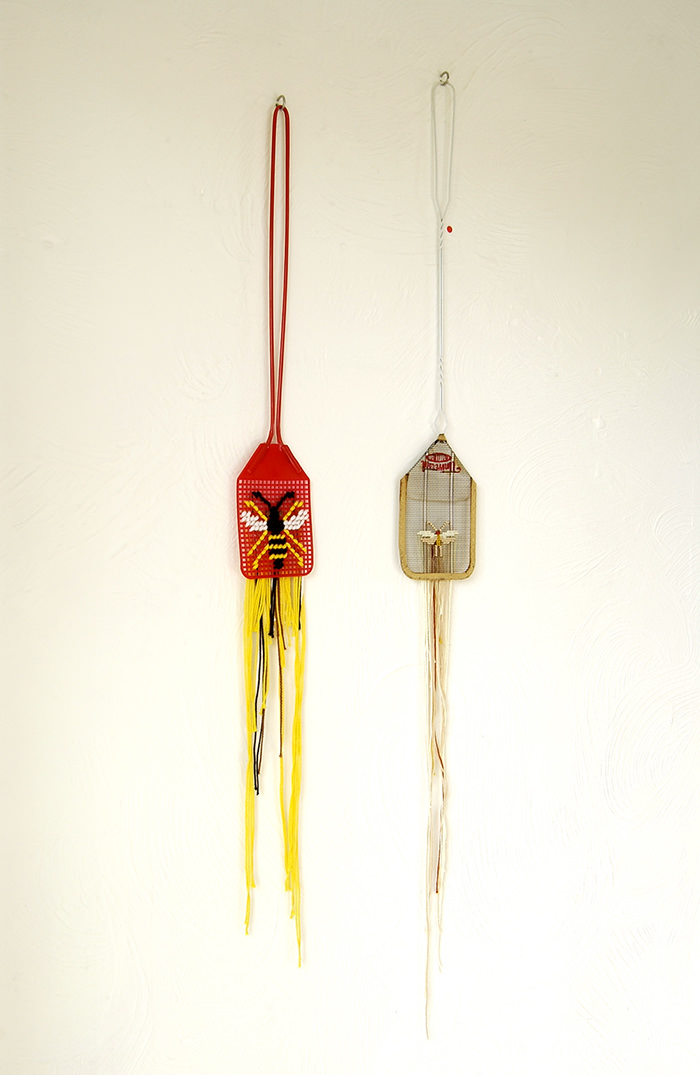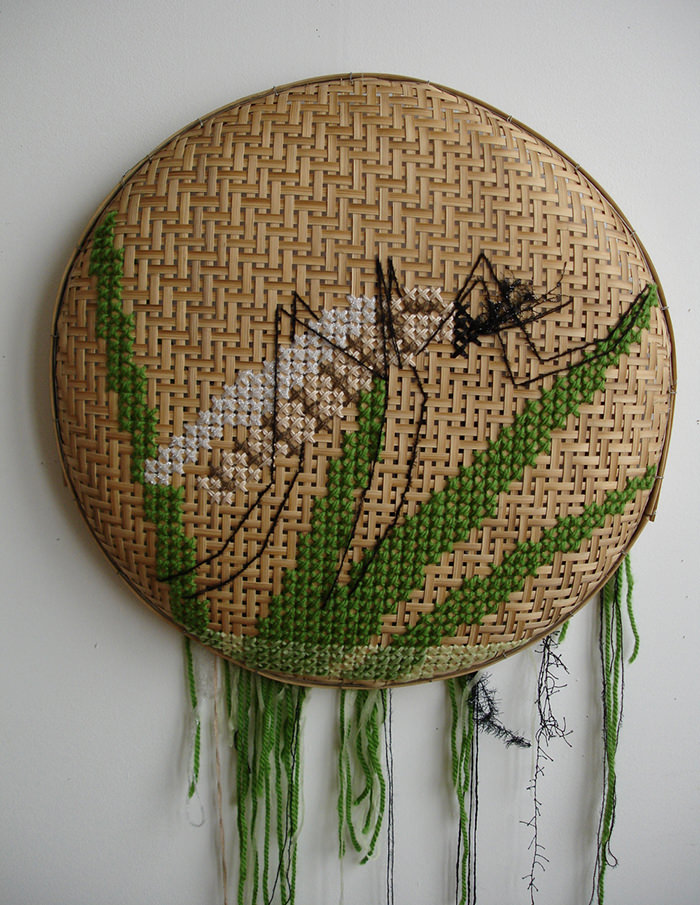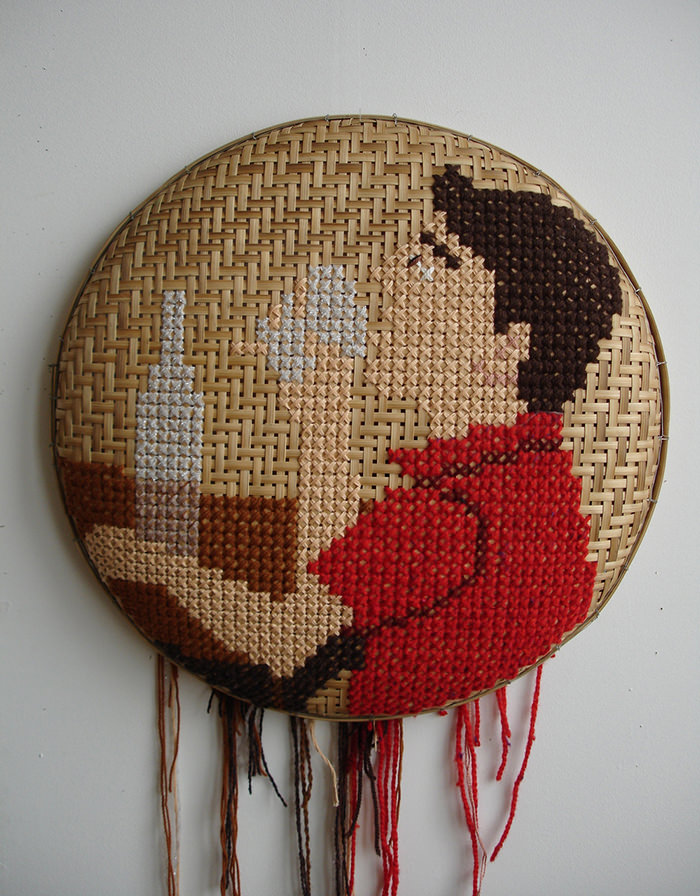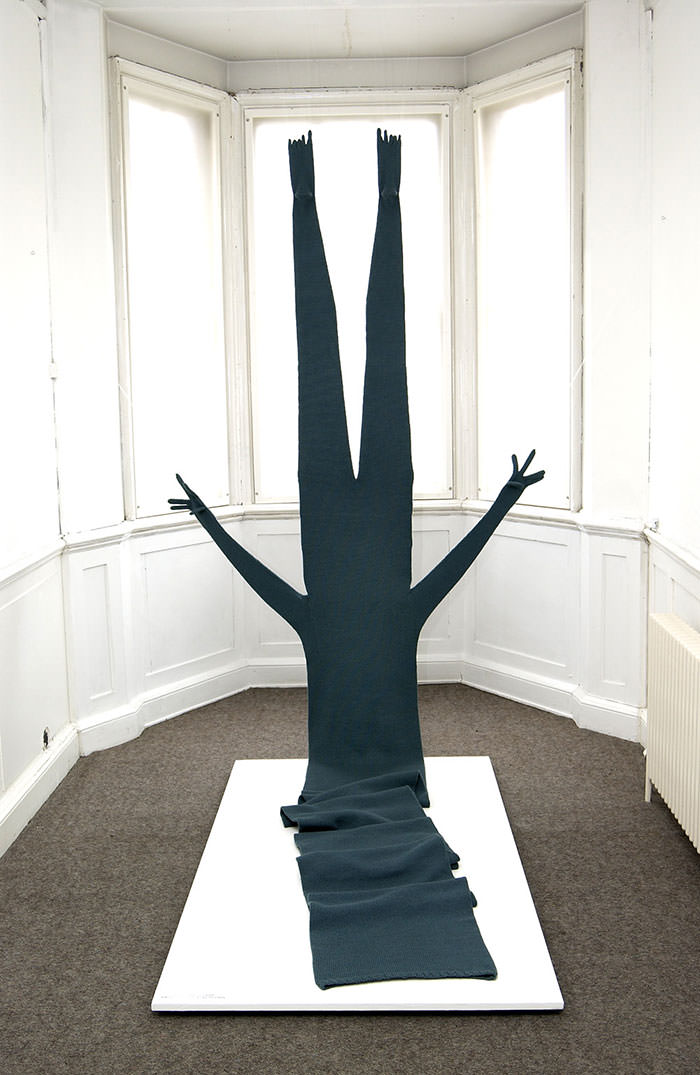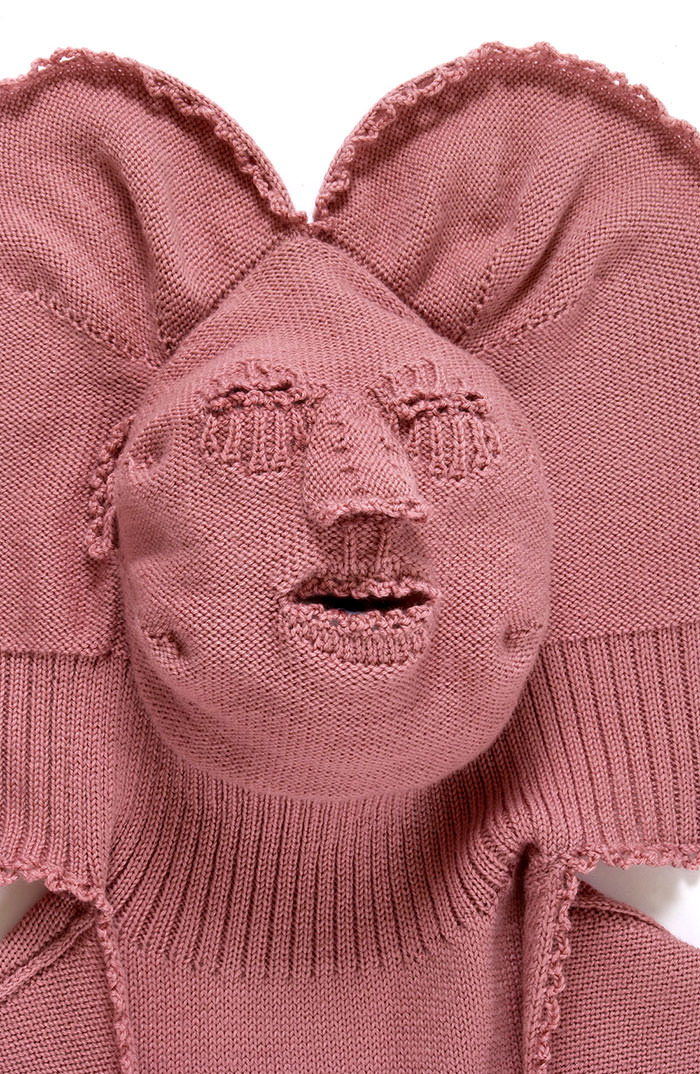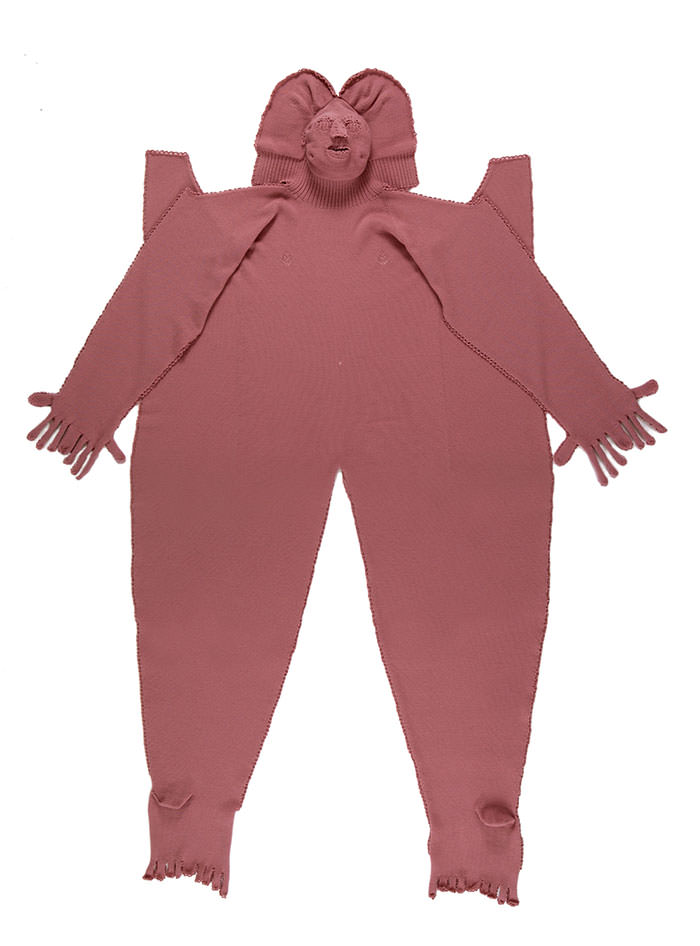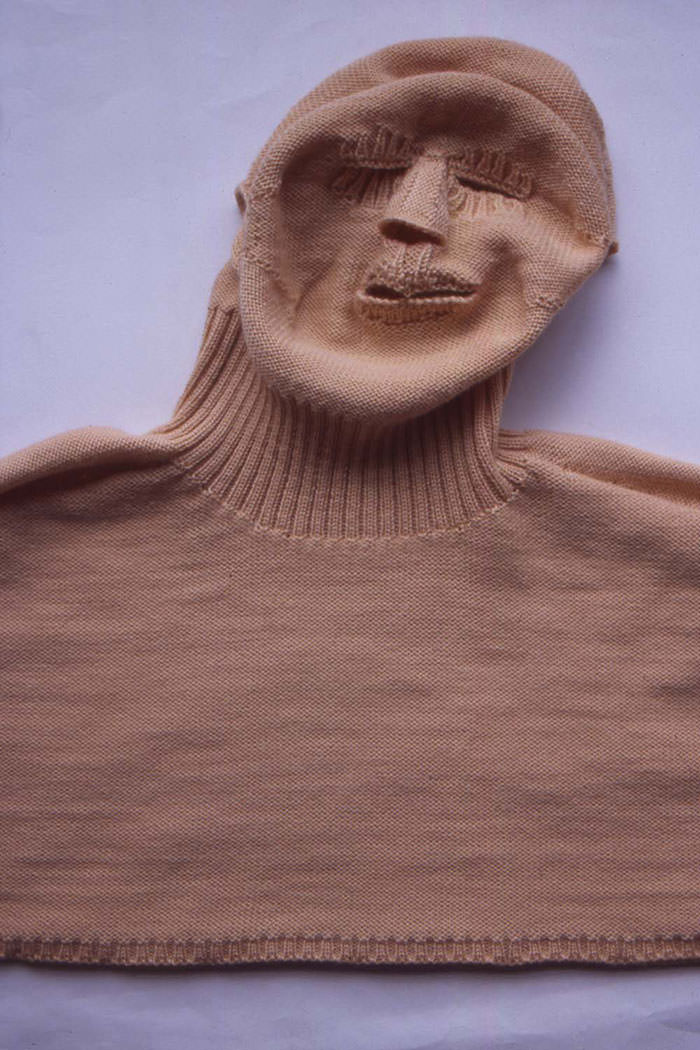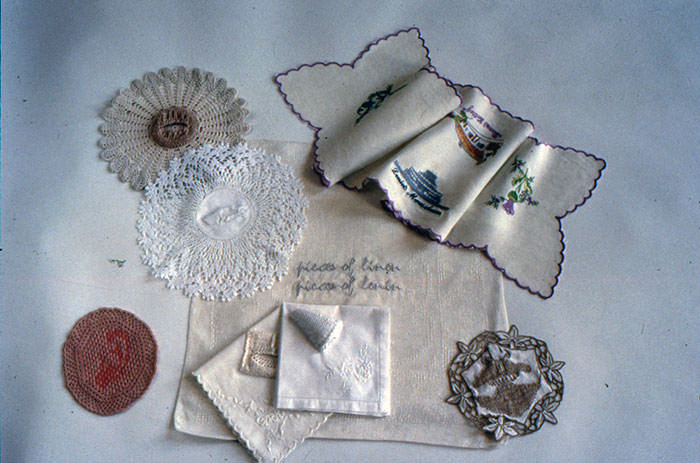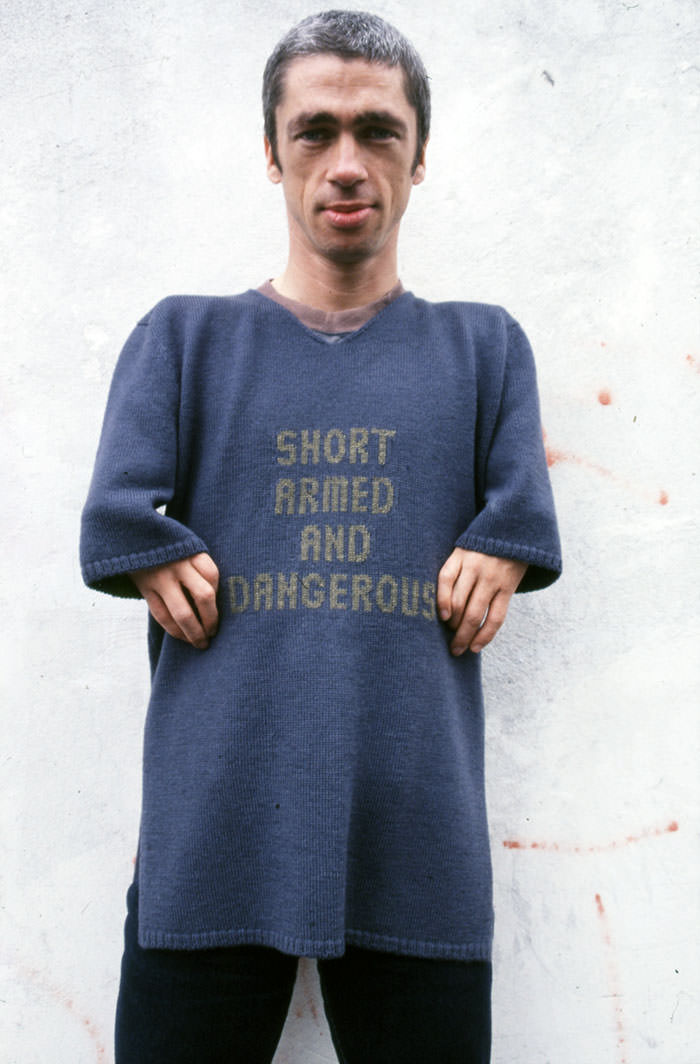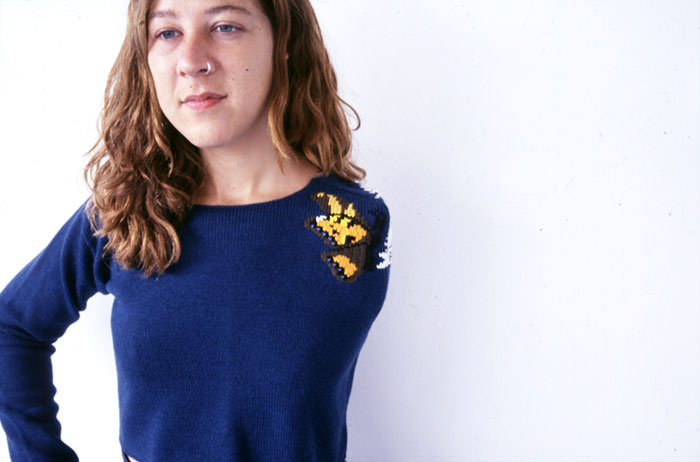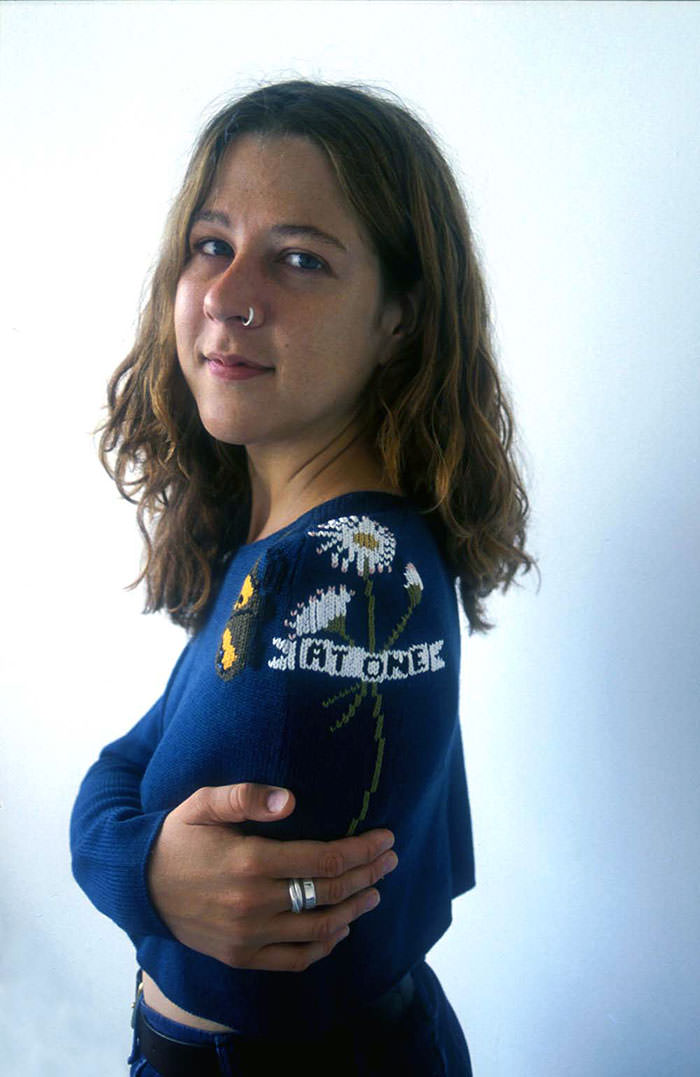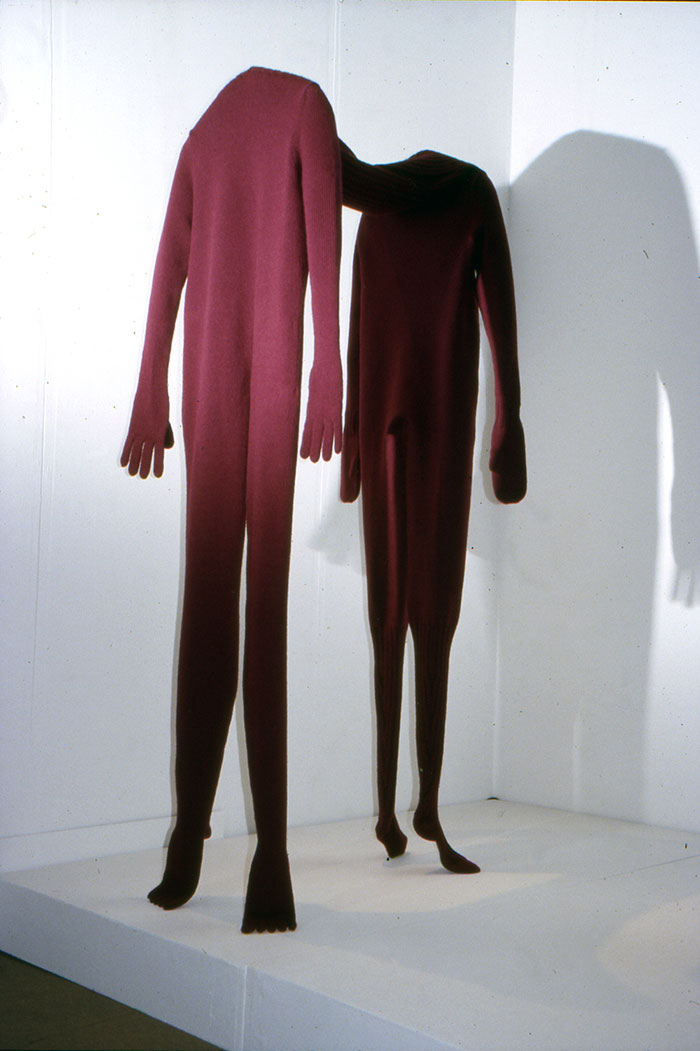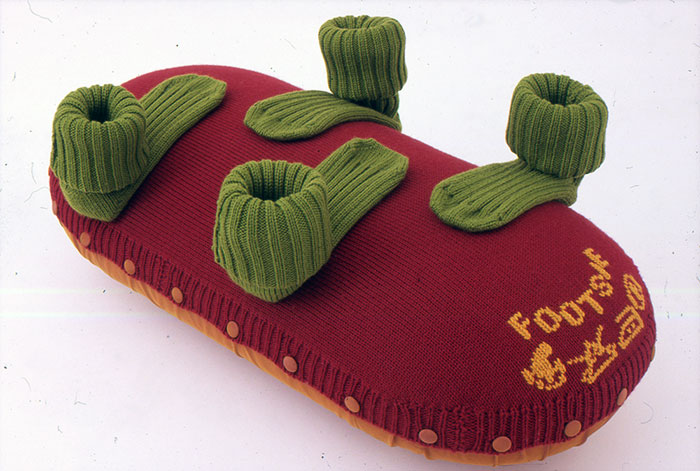Britto is an autonomous, artists’ led organisation registered as non-profit. Britto was set up in 2002 in Dhaka, Bangladesh. It is part of the world-wide network of Triangle Arts Trust, an international network of artists and arts organisations that promotes dialogue, exchange of ideas and innovation within the contemporary visual arts.
www.brittoartstrust.org
www.trianglenetwork.org
The International Artists’ Workshop brought together 19 artists from Bangladesh, France, Germany, Hong Kong, India, Indonesia, Japan, Myanmar, Pakistan and UK to live and work side by side, at Tepantor Film City, Valuka, Bangladesh.
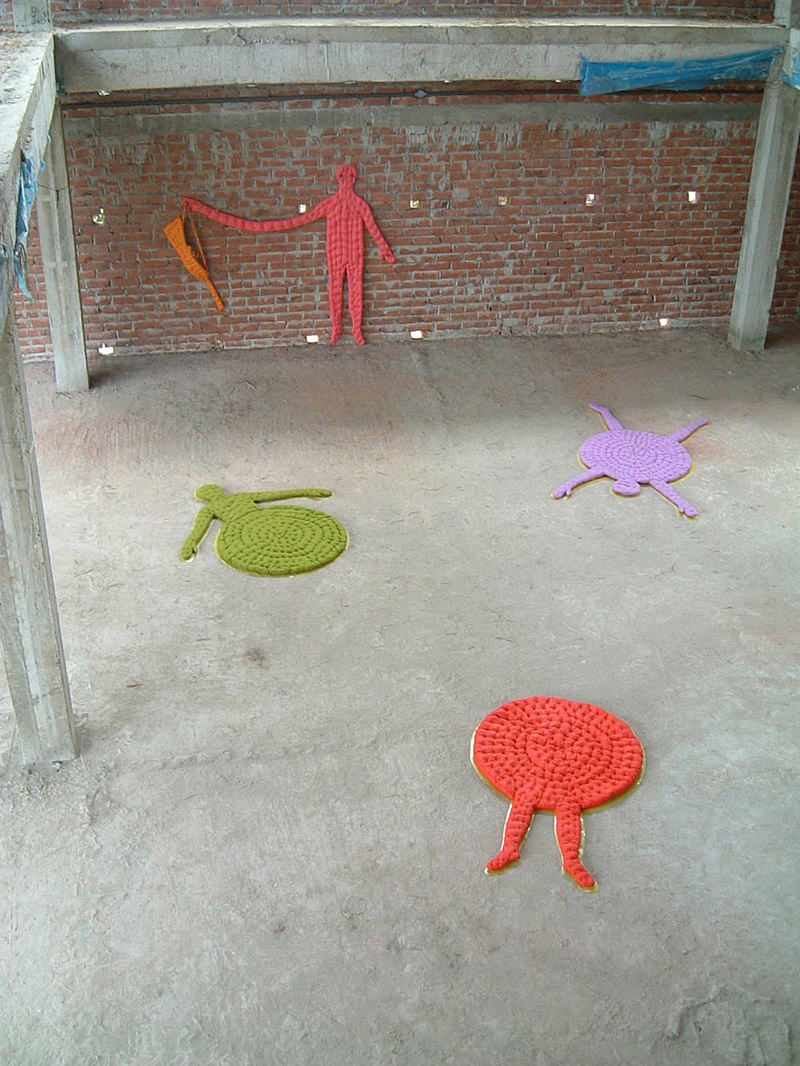
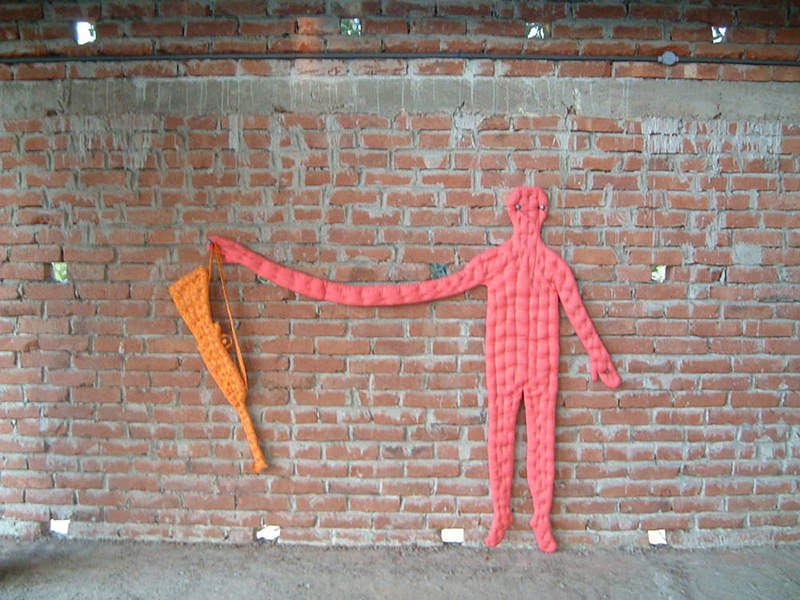
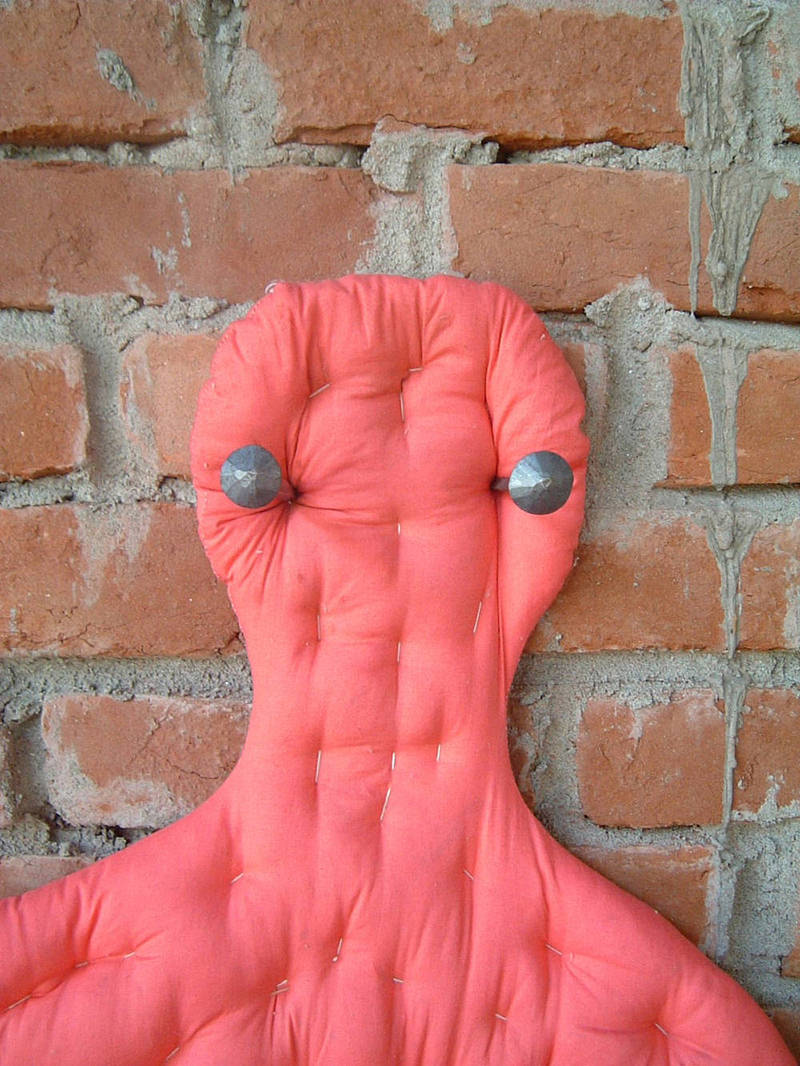
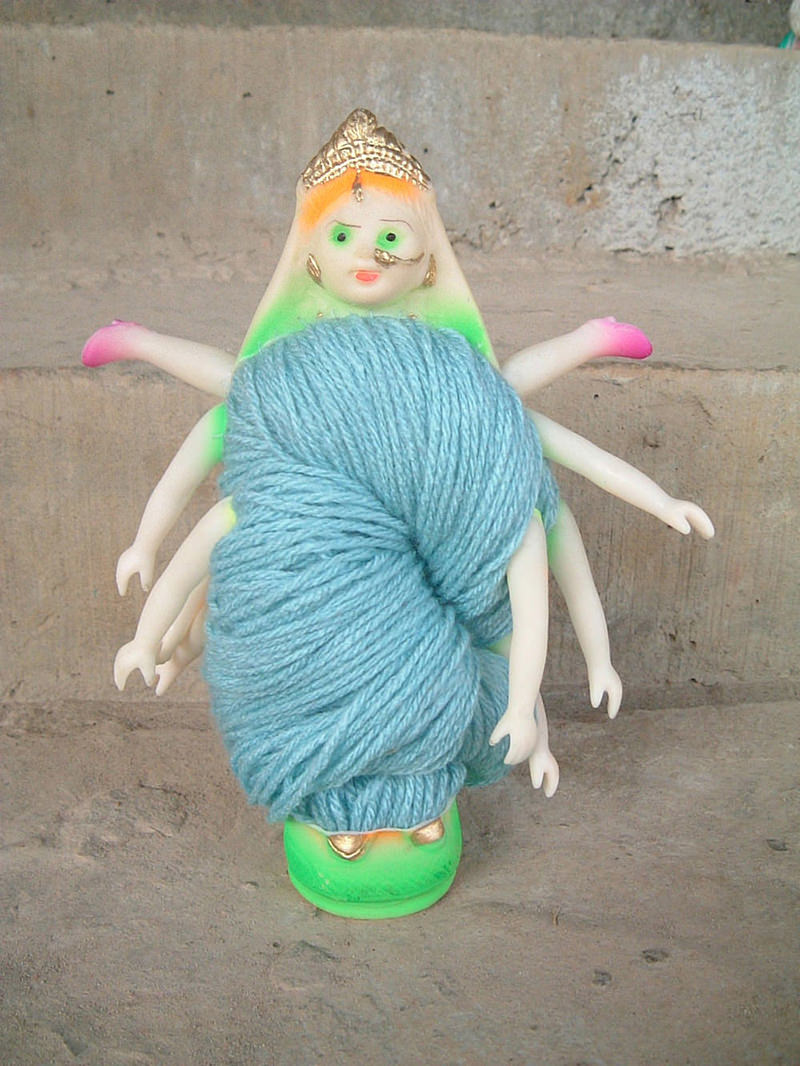
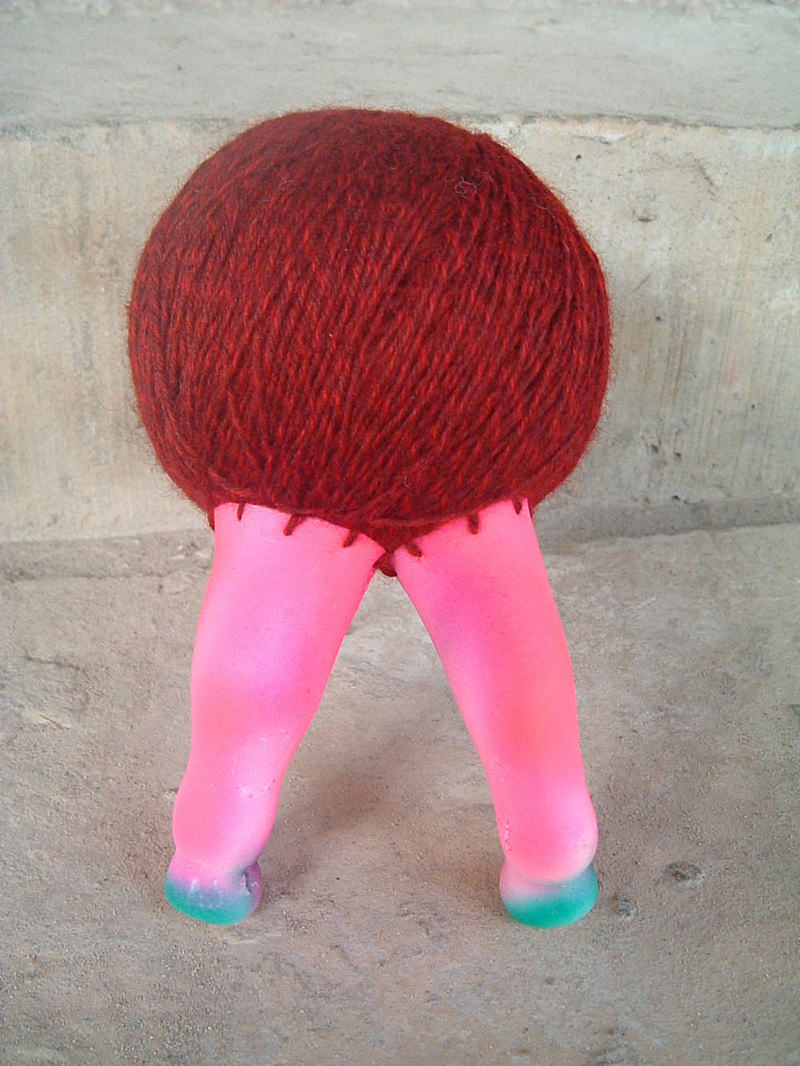
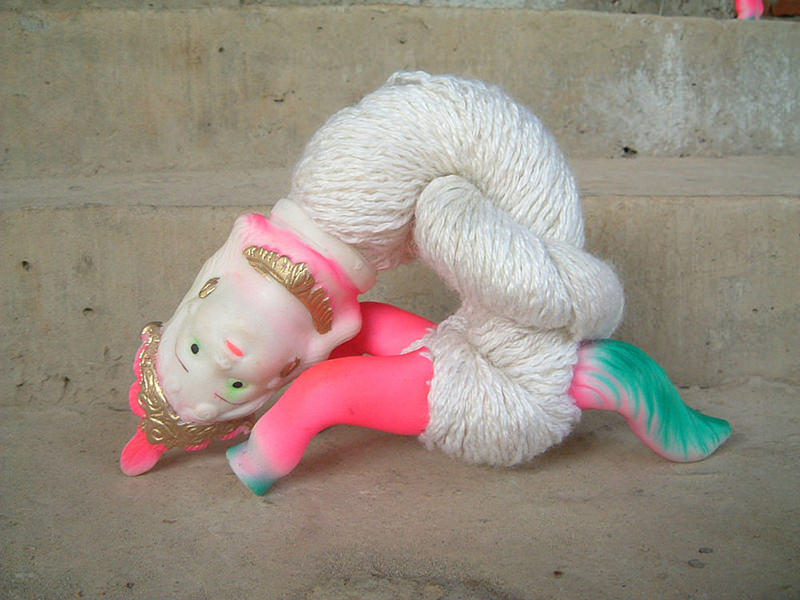
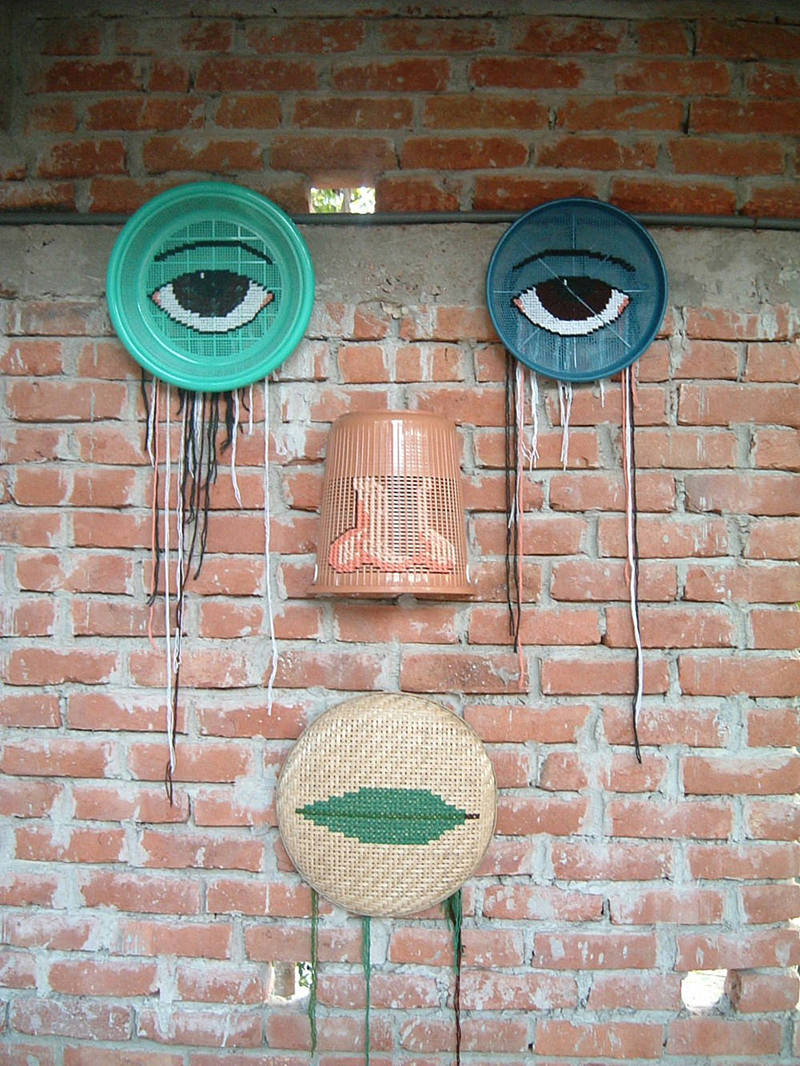
Installation of Comfort Quilts and Long Arm of the Law
, 2003
cotton fabric, cotton wadding, cotton thread
Long Arm of the Law, 2003
cotton fabric, cotton wadding, cotton thread, handmade iron nails
Long Arm of the Law (detail)
, 2003
cotton fabric, cotton wadding, cotton thread,
handmade iron nails
Bangladeshi Comfort Creatures,
2003
yarn, plastic toys
In Private Collections
Leaf, Lips, Lipi, 2003
bamboo and plastic sieves, plastic wastepaper basket, yarn
I was filled with anxiety and apprehension about the two weeks that I was to spend in Bangladesh. I knew that there would be difficulties but nothing could have prepared me for what was the biggest difficulty of all – the dispersal of the Britto family and the knowledge that we would never be together again. I am left deeply affected by the relationships that I made and the different cultures that I experienced.
I worked on three projects for Britto which were initially inspired by the materials and skills which could be bought locally. For the Open Studio Day the projects were installed together in a building which was under construction. The entrance to my installation, The Long Arm of the Law, was marked by a hank of wool. This was the symbol used to indicate that there was wool for sale in the market in Dhaka, albeit unraveled from pre knitted jumpers!
My first project was a small series of dolls, which were related to a series of Comfort Creatures which I had made in the UK. These were made from plastic toys and the reclaimed wool. Making these new Bangladeshi Comfort Creatures was a way of dealing with the initial anxieties that I felt about working in an alien environment, in front of strangers and without my usual access to materials and skills.
The second project took the form of a huge embroidered face. This was taken from the cover of one of the many children’s’ alphabet books that I bought. The eyes were embroidered onto plastic sieves, whilst the nose was worked on a plastic wastepaper basket. The lips were represented by a leaf embroidered onto a round bamboo sieve. This image was taken from an educational chart, showing the parts of the human body, where the lips had been mislabeled as “leaf”. For me this mistake symbolized the many cultural misunderstandings that exist and represented my inability to speak even the simplest word in Bangla whilst everyone around me could speak my language.
The final project was a series of figurative quilts based on drawings that I had been doing just before I left the UK. The making of the quilts was inspired by how surprisingly cold it was at night and were a way of working with a textile process, other than that of knitting which I usually work with. Four distorted figures and a gun were made in conjunction with a local tailor and quilter. This was a very constructive, enjoyable collaboration, which also enabled me to spend a lot of time in the local market. I felt that I should re-title the workshop “Britto International Artists’ Shop”.
“Britto, better than the best”.
(Statement written for the catalogue for Britto International Artists’ Workshop – 2003.)
